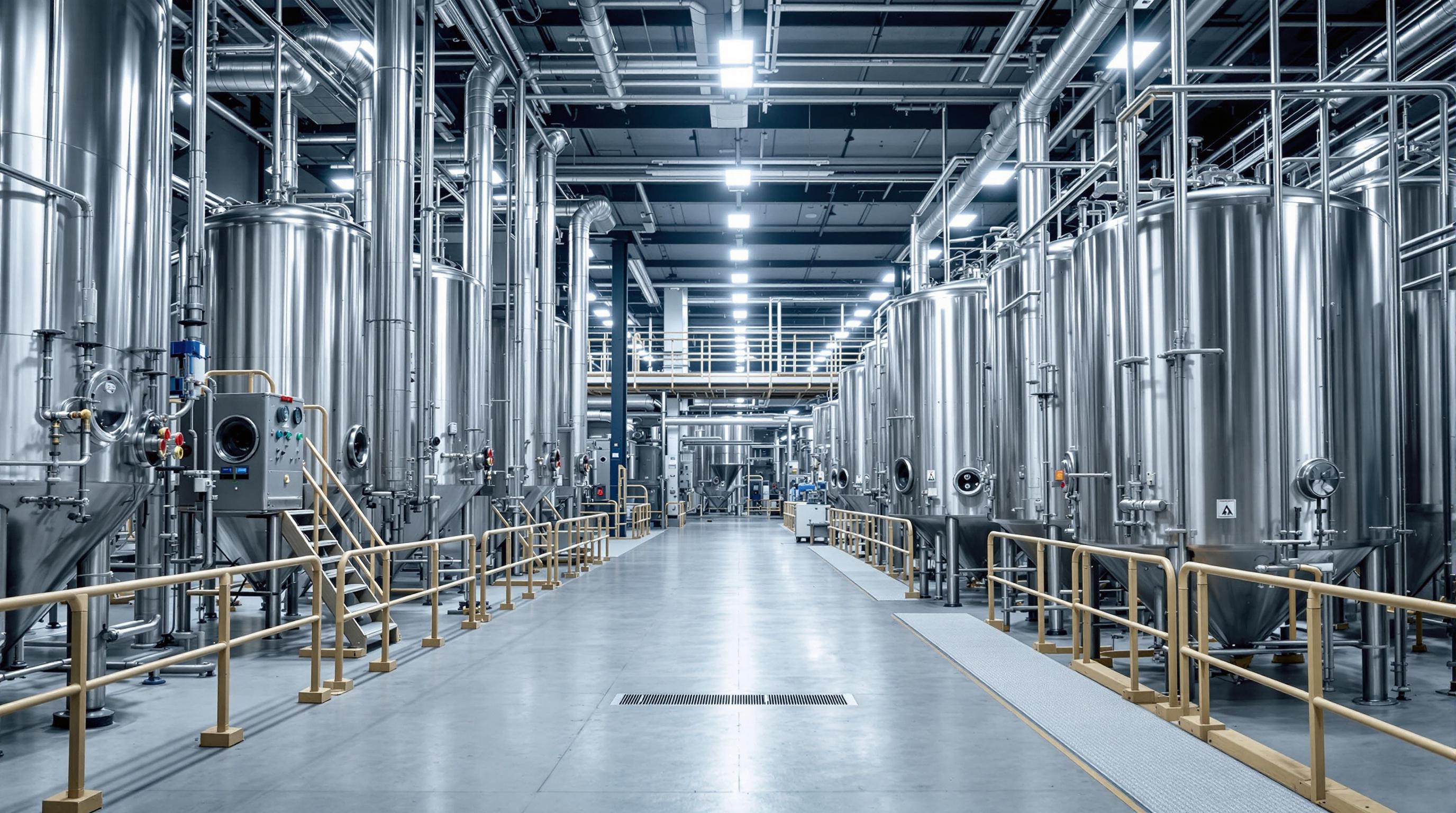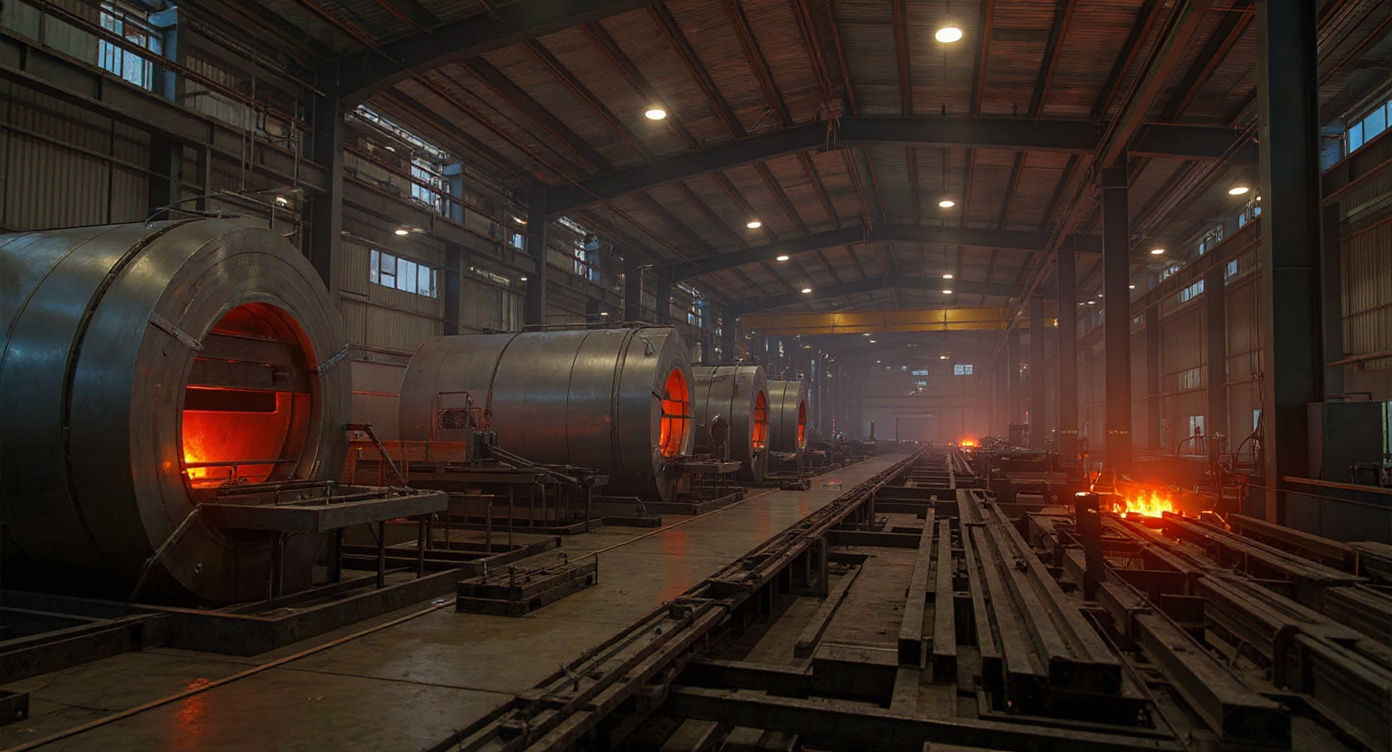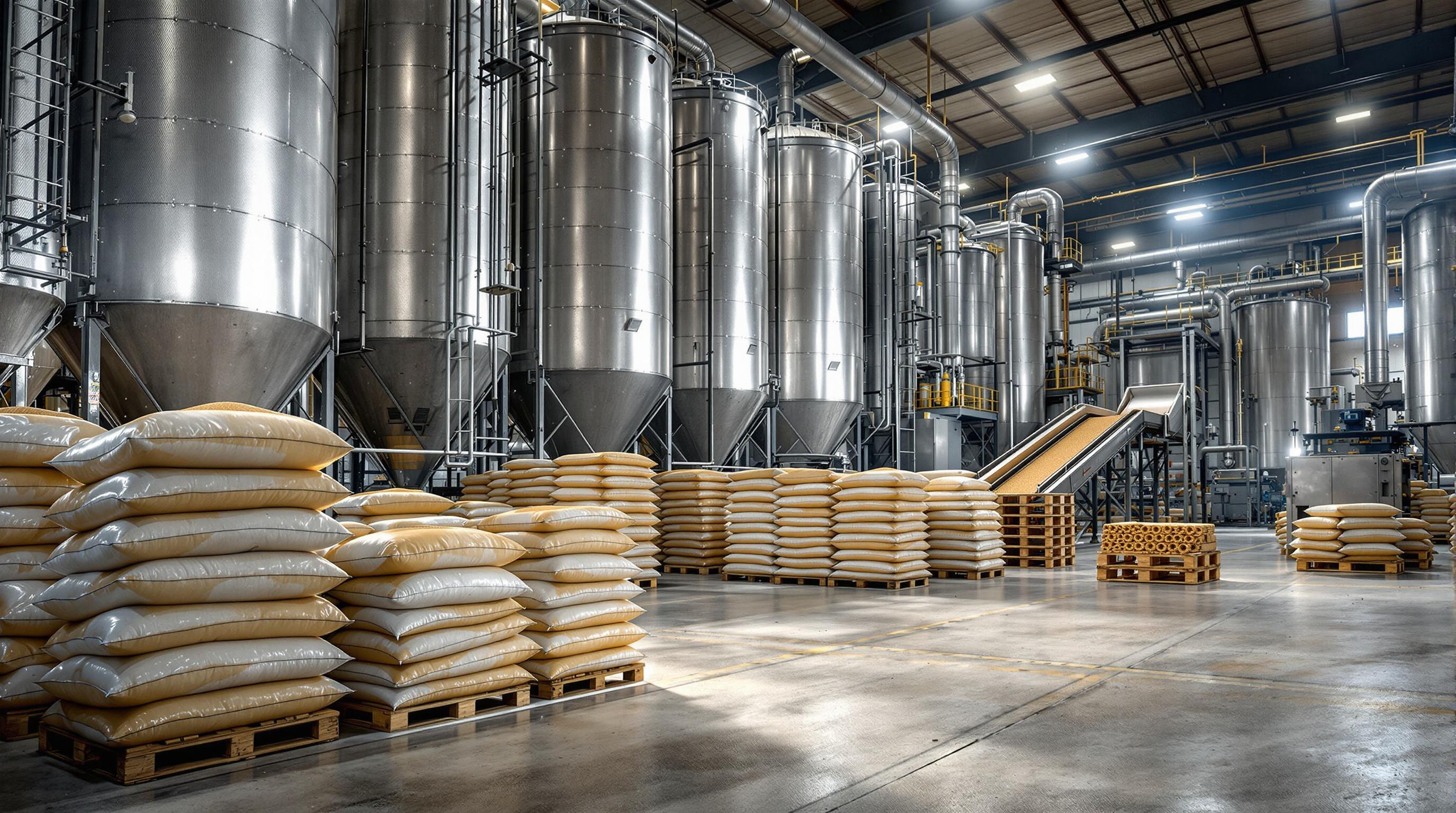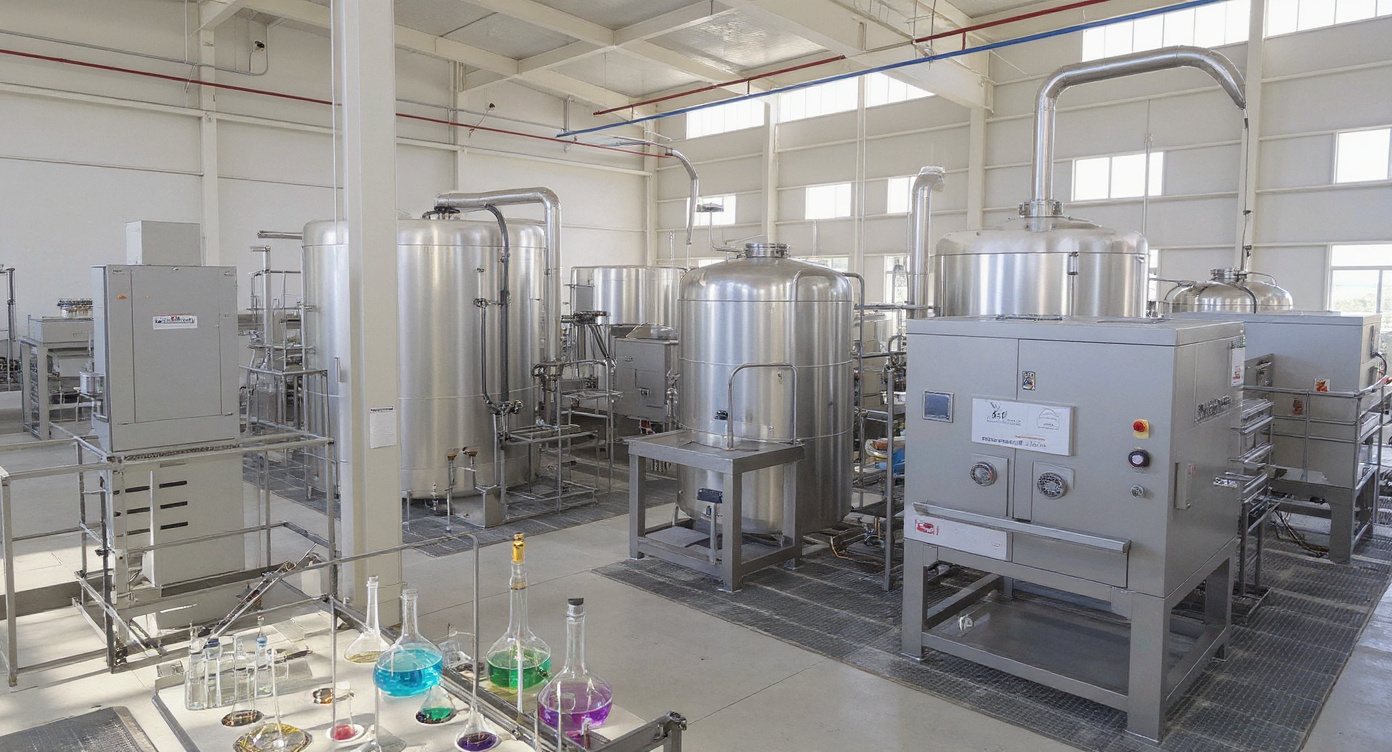Understanding Best Self Priming Centrifugal Pumps
A best self priming centrifugal pump delivers reliable startup, high suction lift, and robust performance under mixed‑air/fluid conditions, all while minimizing maintenance and operational interruptions.
Key Design Characteristics
These features ensure that the pump truly qualifies among the best self priming centrifugal pump offerings in performance and reliability.
🔄
Optimized Priming Pot
Traps and separates air/liquid efficiently, enabling automatic evacuation of entrained air without external priming
🌀
Modified Volute Geometry
Supports air‑liquid separation during startup and after shutdown
⚙️
Gas-Binding Resistant Impellers
Semi‑open or specially vane‑profiled designs to avoid airlock conditions
✅
Check/Foot Valve Arrangements
Maintain primed state or prevent re-priming delay based on site layout requirements
🔒
Robust Mechanical Seals
Handle intermittent dry running or air passage without damage
Materials & Construction Criteria for the Best Self Priming Centrifugal Pump
Metallic vs Non‑Metallic Construction
Metallic Constructions
Stainless steel or investment‑cast metal parts offer strength, durability, higher pressure ratings, and better performance in abrasive or high‑temperature fluids. Ideal when fluid chemistry causes wear or there are temperature fluctuations.
Non‑Metallic / Fluoropolymer Options
Materials such as PVDF, PFA, or PolyPrime‑style non‑metallic materials provide excellent chemical resistance, especially for corrosives or acids. They are lighter, may allow better corrosion resistance, but usually have lower pressure/temperature limits.
Priming Pot System Materials & Configurations
Critical Design Requirements:
- Capacity of priming pot: Sized to allow retention of liquid sufficient for one full priming cycle; must resist corrosion/erosion from the fluid
- Internal coatings or smooth surfaces: To avoid wetting issues or deposition where air might accumulate
- Sealing and lubrication: Of components around the priming chamber to maintain reliability in cyclic operation
Performance Profiles & Duty Types Where the Best Self Priming Centrifugal Pump Excels
Suction Lift & Dry Start / Frequent Shutdown Conditions
Pumps that can lift fluid from several meters below the pump inlet, even if the suction line contains trapped air. The best self priming centrifugal pumps are engineered to re‑prime automatically after shutdown without manual intervention. Suitable for installations above the liquid level (e.g., storage tank roof, sumps) or intermittent processes.
Corrosive / Chemical Transfer Applications
When handling aggressive chemicals, fluorochemicals, acids, or alkaline media, material compatibility matters: selecting the correct metallic or non‑metallic option, using resistant seals. The best self priming centrifugal pumps in this category feature corrosion-resistant wetted parts, metallic or fluoropolymer, to prevent material degradation under harsh chemical exposure.
Interruptible or Variable Duty Cycles
Plants where the pump stops and starts frequently (batch processes, seasonal workload) benefit the most. Pumps must have mechanical seals, bearings, and impeller vanes built for endurance under frequent priming / de‑priming, to avoid premature wear.
Specifying the Best Self Priming Centrifugal Pump for Your Process
When choosing the best self priming centrifugal pump, ensure the specification includes:
Critical Specification Parameters:
- Desired suction lift: Height of lift, vertical distance, type of fluid
- Flow rate vs head requirement: Under expected operational conditions, including the worst case of air entrainment
- Fluid properties: Density, viscosity, gas content, corrosiveness
- Material selection: Metallic vs non‑metallic, type of metals (SS, cast steel, etc.), suitability for chemical compatibility and temperature
- Seal type and shaft sealing options: For air passage / dry running protection
- Duty cycle: Number of restarts, run‑downs, ability to run dry or intermittent shutdowns
- Standards & compliance: ANSI/ASME (if relevant), ISO, industry‑specific (chemical/pharma)
Why Chemitek's Offering Ranks Among the Best Self Priming Centrifugal Pumps
Chemitek's self-priming centrifugal pump range stands out due to its focus on operational reliability, chemical compatibility, and field-proven design.
📏
ANSI/ASME B73.1 Compliance
Across both metallic and non-metallic models, ensuring dimensional standardization and industry-grade reliability
🔄
Integrated Priming Pot Systems
Designed for rapid air evacuation and consistent suction lift performance in demanding start-stop operations
🧪
Material Variants for Aggressive Media
High-resistance fluoropolymers and non-metallic builds suited for acids, alkalis, and solvents
⚡
High Flow Capacities
Up to 1200 m³/hr, enabling deployment in both standard and heavy-duty applications
Proven Industrial Performance
Every pump in this category is engineered to deliver priming reliability, corrosion resistance, and reduced maintenance overhead - qualities that define the best self priming centrifugal pump solutions in industrial settings.
From chemical processing and effluent treatment to fluid transfer systems, Chemitek's self-priming centrifugal pumps provide the dependable performance and operational flexibility that modern industrial applications demand.
 ISO 9001:2015 certified
ISO 9001:2015 certified
 ISO 14001:2015 certified
ISO 14001:2015 certified
 ISO 45001:2018 certified
ISO 45001:2018 certified











